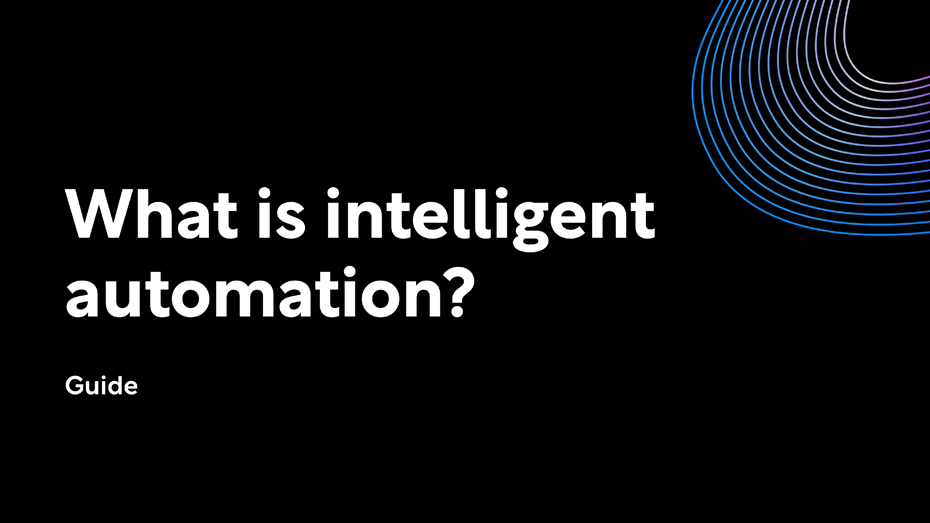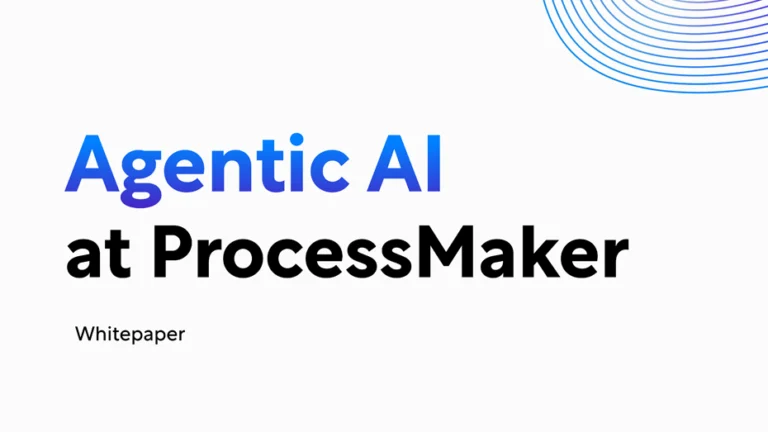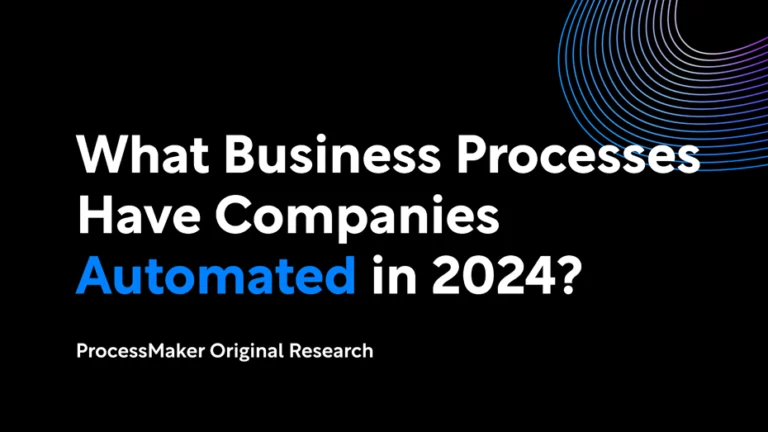La automatización se ha convertido en un tema fundamental en las operaciones empresariales. Muchos líderes empresariales están explorando formas de aprovechar la automatización para obtener una ventaja competitiva, mientras que otros están contemplando su impacto en la fuerza de trabajo.
En esta guía profundizamos en el tema de la automatización inteligente, repasando temas clave, ejemplos y mejores prácticas para ayudar a los ejecutivos a comprender y aprovechar esta oportunidad.
¿Qué es la automatización inteligente?
La automatización inteligente es el uso de tecnologías como la inteligencia artificial (IA), la automatización robótica de procesos (RPA) y el aprendizaje automático para automatizar tareas mundanas y repetitivas. La automatización inteligente agiliza los procesos, reduce los costes y mejora la eficiencia de las operaciones empresariales.
Tecnologías como ChatGPT y Midjourney han transformado nuestras vidas por completo en tan poco tiempo. Pero la automatización no es una tecnología no probada que estira las piernas por primera vez. Por ejemplo, los robots RPA se remontan a la década de 2000. Las empresas lo utilizaban para procesar números básicos y rellenar hojas de cálculo de Excel con contenido extraído de la web. Hoy en día, la inteligencia artificial está lanzando una nueva era de la automatización, uniendo ambas en una nueva herramienta: la automatización inteligente.
Aunque las interpretaciones de la automatización inteligente difieren enormemente entre expertos y organizaciones, se puede considerar que la AI se nutre de diferentes tecnologías como:
- Inteligencia artificial
- Aprendizaje automático
- Visión por ordenador
- Automatización de procesos robóticos
- Procesamiento inteligente de documentos (PID) y procesamiento del lenguaje natural (PLN)
La combinación de estas tecnologías crea un sofisticado sistema capaz de realizar tareas complejas sin intervención humana.


